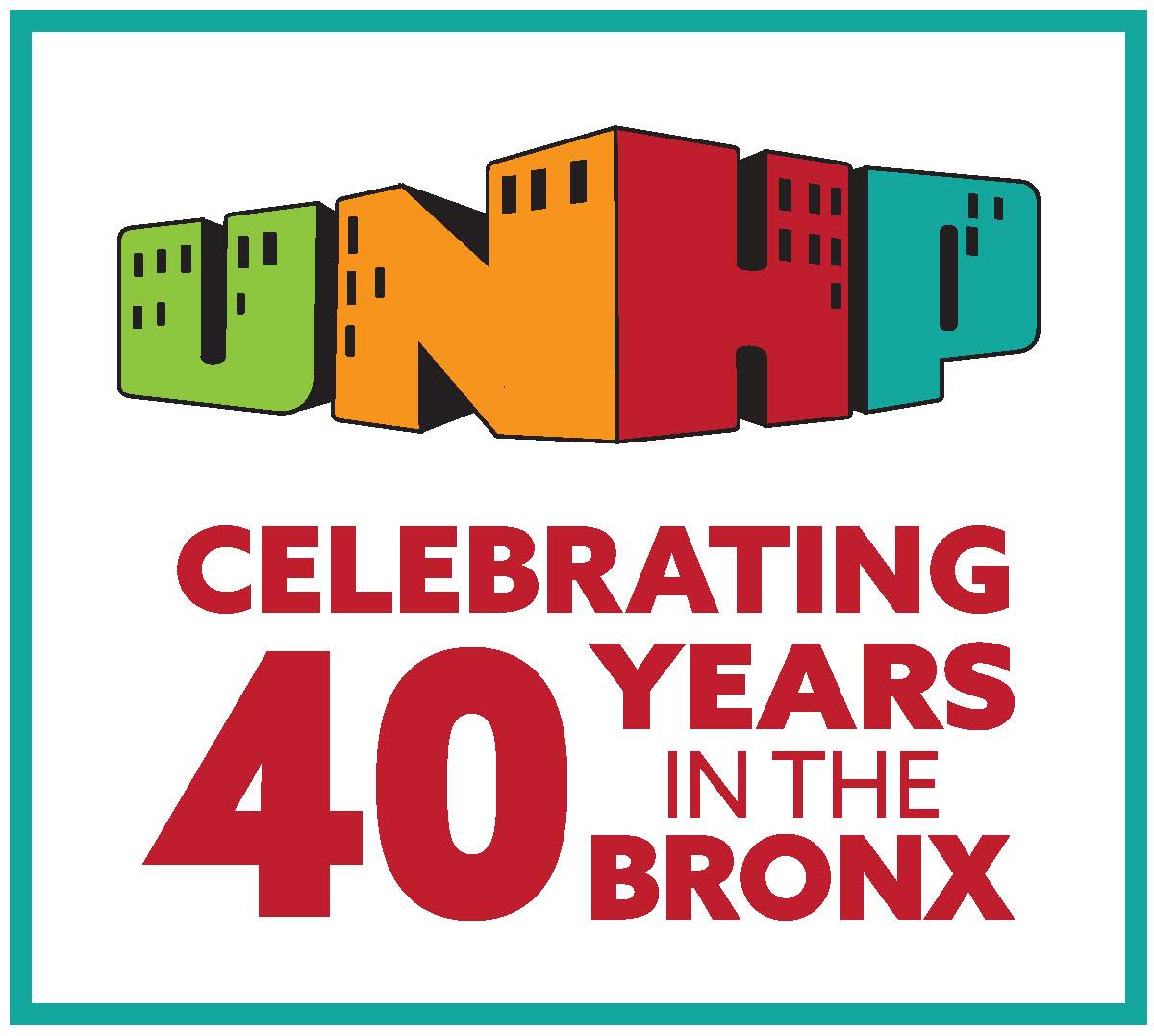The nationwide home foreclosure crisis sweeping the country is hitting the northwest Bronx particularly hard. Now local homeowners and neighborhood housing advocates are scrambling to recover and limit the damage already done by subprime lending practices.
According to recently released data, the sub-borough area of University Heights and Fordham has the highest percentage of subprime loans (47.2 percent) of any area in New York City.
"Subprime loans aren't bad in general; it gives people a chance to own homes," said Eric Fergen, who does outreach for the University Neighborhood Housing Program (UNHP), one of a few groups doing foreclosure abatement. "But the loans are tougher to keep up with, especially if you don't have lower fixed interest rate, and they often lead to [foreclosure proceedings]."
Subprime loans - mortgages with higher interest rates that lenders offer to potential buyers who don't qualify for traditional home loans - spiked during the past four years.
Housing advocates said lower- and middle-income buyers (most of them minorities) were seduced by private lenders offering so-called "exotic" loans, which start at manageable interest rates, but then reset and balloon to higher rates after a year or two, making monthly payments increasingly difficult.
With many loans now resetting at higher rates and borrowers defaulting, lenders and banks are starting foreclosure proceedings (when lenders terminate original loans and repossess the mortgaged property) at an alarming rate.
In the northwest Bronx, foreclosures rose 39 percent in the third quarter of 2007, compared to the previous quarter, according to UNHP. During that same time period, foreclosure filings borough-wide reached a new quarterly high of 441, an 18 percent jump from the previous quarter and a 75 percent spike from the third quarter of 2006, UNHP reported.
On a larger scale, as noted by the New York Times, Congress recently released a report saying the loss of real estate wealth from foreclosures on subprime loans will total $72 billion.
How did it get this bad?
Greg Jost, the deputy director of UNHP, said low-income, minority neighborhoods, like University Heights/Fordham, were targeted by fringe lenders (private companies specializing in subprime loans), which took advantage of a dearth in traditional banking outlets in those areas.
The top 10 New York City neighborhoods with the highest rates of subprime loans have majority black and Hispanic populations, according to a New York University report released two weeks ago.
In the west Bronx, Jost pointed out, there are pockets of commercial areas (like Fordham Road and Jerome Avenue) where traditional bank outlets are concentrated. Meanwhile, other areas are completely neglected, leaving other banking alternatives to fill the void.
"I think many Bronx borrowers like to walk into a local office to get a loan, and if there isn't a bank branch nearby, they are probably more likely to walk into their local broker's office where their chances of getting a subprime loan are probably higher than in a bank," Jost said in an e-mail.
Per household, Bronx residents have about one-third the bank access that Manhattanites do.
Andrew Laiosa, a member of Community Board 7 who works with Neighborhood Initiatives Development Corporation (NIDC) in the east Bronx, says a lack of banking institutions also leads people to hear about alternative, or subprime, loan opportunities from friends or family members.
"Up in Wakefield, they're being ripped off by familiar faces," Laiosa said.
His organization is now counseling homeowners with foreclosure cases because the problem has become so prevalent over the past year and a half. Most of his cases come from the east Bronx and Wakefield, but an overflow from the west Bronx is trickling his way.
What now?
One of the big problems in attacking the foreclosure problem in the northwest Bronx is a stark lack of resources, Jost said. "Since the west Bronx neighborhoods are primarily rental, most of the neighborhood improvement efforts have been focused (rightly so) on tenant issues," Jost said.
UNHP held its first homeownership workshop in 2006 and held another one last month to address foreclosure problems. Less than a dozen people showed up, but the group is pushing hard to reach distressed homeowners.
Jost said UNHP doesn't do much counseling itself, but will refer clients to either Laiosa at NIDC or Teresa Ortiz at Neighborhood Housing Services' (NHS) north Bronx office on East Gun Hill Road. Not surprisingly, Ortiz is an extremely busy woman whose voicemail is constantly bombarded by calls from desperate homeowners struggling to overcome bad loans.
Ortiz is essentially a one-woman show. No other groups or individuals are doing foreclosure counseling in the entire northwest Bronx.
Now that the story is national, steps are being taken at the state and federal level to combat predatory lending practices and recoup damages from banks and lenders who grew fat on the subprime boom.
Countrywide Financial, facing heavy criticism for its subprime lending practices, recently announced it would use $16 billion to restructure mortgages in an effort to help homeowners avoid foreclosure.
State Senator Jeff Klein, who represents the east Bronx and Riverdale, is promoting legislation that would educate borrowers and place tighter regulations on home lenders like Countrywide. The City Council voted on Tuesday to support Klein's legislation.
"We are in the midst of a mortgage meltdown, which has spread instability into every aspect of our nation's economy," Klein said in a press release. He added, "The large financial institutions that are foreclosing on subprime mortgages should initiate measures that allow families to keep their homes."
Meanwhile, borrowers are losing their homes at a frightening pace in the northwest Bronx, which has a larger impact on the community in general.
"In the past, homeowners created a stabilizing force," Fergen said. "Now, where there once was a stronger base, there's a void."
